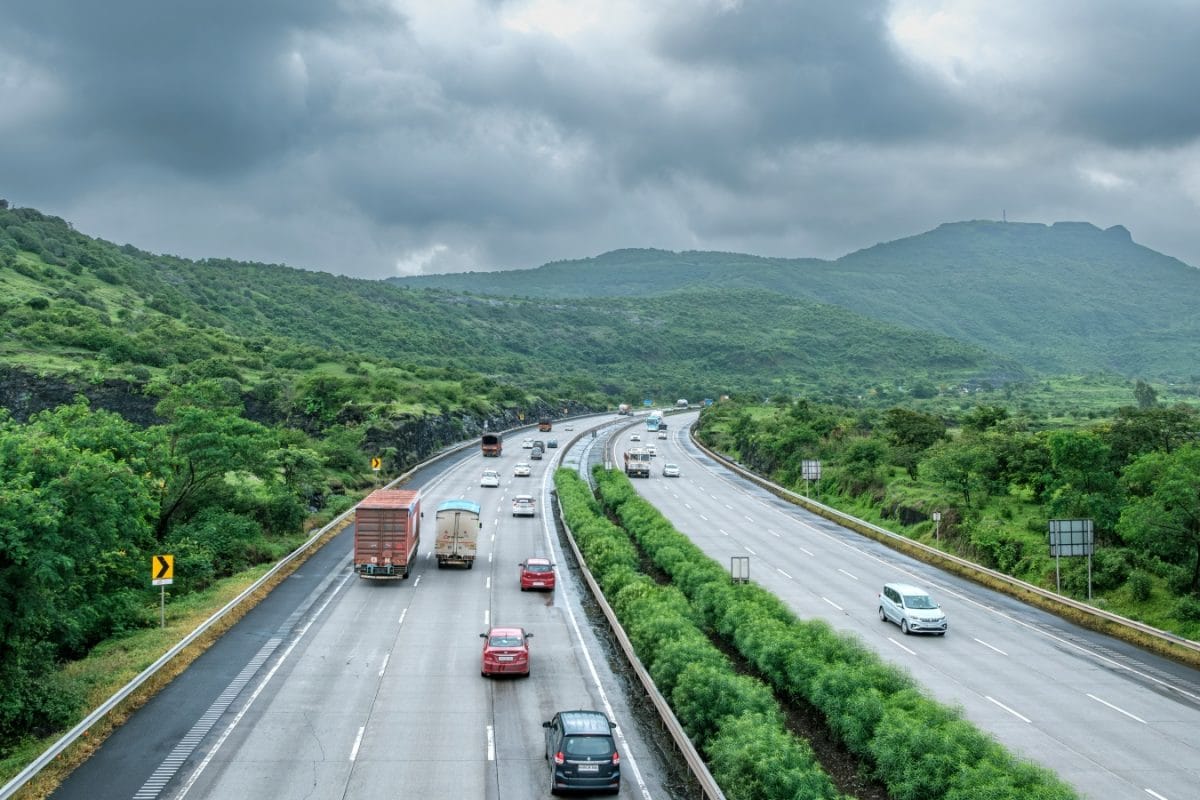

Maharashtra is set to gain a new expressway that promises to revolutionize travel between Nagpur and Goa. The 802-km Shaktipeeth Expressway, a six-lane access-controlled corridor, aims to significantly reduce travel time and boost connectivity across the state.
Project Overview and Objectives
The Nagpur-Goa Shaktipeeth Expressway, developed by the Maharashtra State Road Development Corporation (MSRDC), is designed to slash travel time between Nagpur and Goa from the current 18-20 hours to a mere 8-10 hours. This ambitious project intends to enhance connectivity across 12 districts in Maharashtra and one in Goa, fostering tourism, promoting regional growth, and providing easier access to important spiritual sites. The expressway will start from Pavnar in Wardha district and terminate at Patradevi in the Sindhudurg district, near the Goa border.
The expressway is named 'Shaktipeeth' due to its connection to several significant pilgrimage sites, including the Shakti Peethas of Mahalaxmi in Kolhapur, Tulja Bhawani in Dharashiv, and Patradevi in Goa. By linking these religious destinations, the expressway is expected to drive spiritual tourism and boost local economies along its route. It will also connect 18 pilgrimage sites, two Jyotirlingas and Pandharpur, Ambajogai in the state.
Economic and Social Impact
The Shaktipeeth Expressway is projected to have a far-reaching impact on the socio-economic landscape of Maharashtra. It aims to integrate the regions of Vidarbha, Marathwada, and Western Maharashtra, spurring industrial growth and creating employment opportunities for local communities. The improved connectivity will also facilitate the faster movement of goods, benefiting export and import trade between Nagpur and Goa.
Maharashtra Chief Minister Devendra Fadnavis has emphasized that the expressway is not just about tourism but also about connecting Konkan and southern Maharashtra with central India, thereby accelerating overall economic development. The government envisions a "growth triangle" formed by the Samruddhi Expressway, the Shaktipeeth Expressway, and the Konkan highway, working together to drive economic progress in the state.
Project Cost and Timeline
The estimated cost of the Shaktipeeth Expressway project is approximately Rs 86,300 crore. The Maharashtra Cabinet has recently approved a provision of Rs 20,000 crore for land acquisition and project planning. The project will be executed by the Maharashtra State Road Development Corporation (MSRDC).
While the exact completion deadline is yet to be announced, it is expected to be open for traffic by 2028 or 2029. Once completed, the Shaktipeeth Expressway will surpass the 701-km Nagpur-Mumbai Expressway (Samruddhi Corridor) to become one of the longest expressways in India.
Challenges and Concerns
Despite the numerous benefits, the Shaktipeeth Expressway project has faced opposition, primarily from farmers concerned about the loss of fertile agricultural land. Protests have been organized in districts like Kolhapur and Sangli, with farmer leaders expressing concerns about inadequate compensation for land acquisition.
Former MP and farmer leader Raju Shetti has questioned the necessity of the project, suggesting that the existing Nagpur-Ratnagiri national highway could be upgraded instead. He has also raised concerns about the high project cost, alleging potential corruption and questioning the rationale behind spending such a large amount on a new expressway.
The state government, however, has asserted its commitment to addressing these concerns through dialogue and fair compensation. CM Fadnavis has stated that the government will take all stakeholders into confidence and ensure that the project benefits the entire region.
Current Status
The Maharashtra Cabinet's recent approval of land acquisition and planning for the Shaktipeeth Expressway signals renewed momentum for the project. The government has allocated a substantial amount for land acquisition, demonstrating its determination to move forward despite the challenges. As the project progresses, it remains crucial for the government to engage with local communities, address their concerns, and ensure that the expressway's development is both sustainable and equitable.